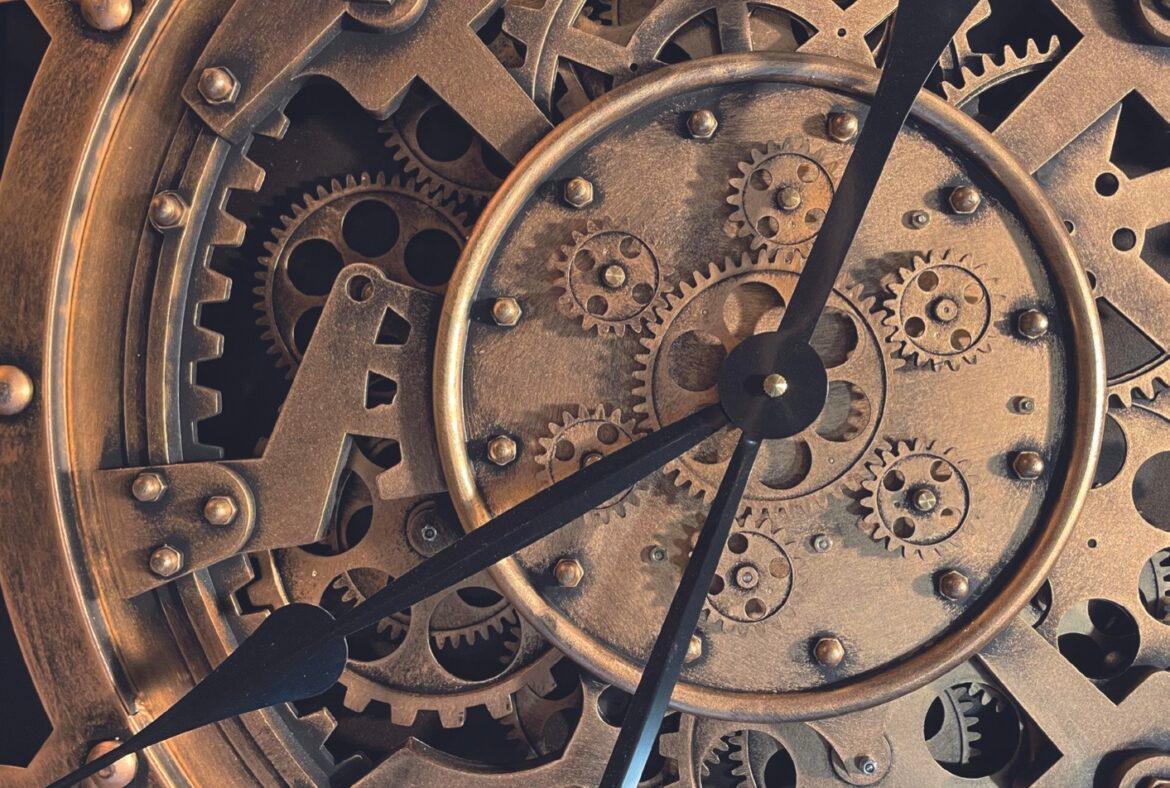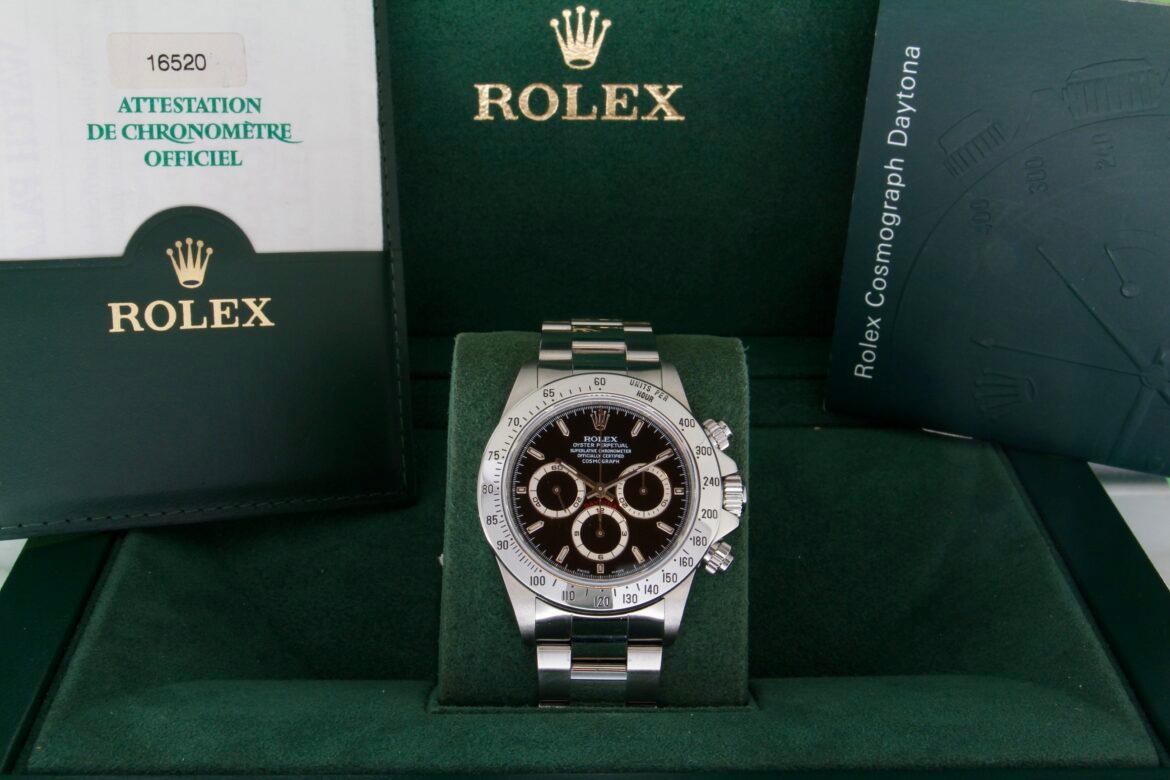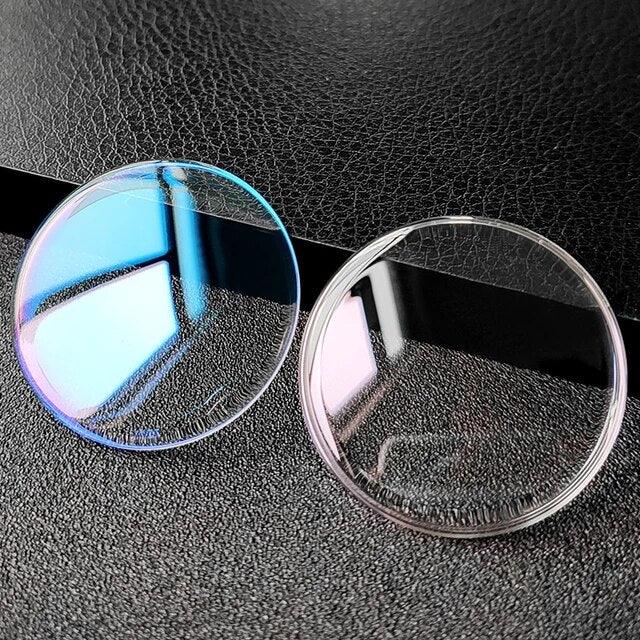
Mechanical watch: how does it work?
The mechanical watch is a work of engineering art, the triumph of kinetic energy. Designed to keep track of time with incredible precision, it has remained one of the most used and appreciated timepieces over the centuries. What distinguishes a mechanical watch from a quartz watch? What mechanism keeps the perpetual movement alive? We will answer this and other questions in the article Mechanical watch: how does it work? Keep reading!
How the mechanical watch works
The mechanical watch is made up of a series of elements that work together synergistically towards a single objective : measuring time .
The mechanism of automatic watches is characterized by a delicate yet robust balance and its aesthetics are an icon of complexity and charm.
In this article we will go into a little more detail and delve into the topic by trying to explain, in an intuitive and simple way, some of the technical specifications that characterize it.
The heart of the mechanical watch
The heart of the mechanical watch is pure movement and consists of a series of gears, springs and other components, all working simultaneously.
As almost everyone knows, a mechanical watch must be wound . This is to ensure its functioning. This functioning depends on a spring, the so-called perpetual motion , to be wound manually or automatically.
Once the winding is complete, the watch is ready to measure your time.
Manual Movement vs Automatic Movement: The Differences
The substantial difference between a manual and automatic movement of a mechanical watch concerns the source that powers the mechanism.
The manual movement requires the intervention of the owner who, by winding the mainspring via the crown, ensures its functioning until the next winding.
Typically, for a mechanical watch, the average time between one recharge and the next can vary from 12/24 hours to 2/5 days . It all depends on the power reserve it has.
The automatic movement , unlike the mechanical one, uses an oscillating rotor to wind the spring completely autonomously.
The rotor is in turn connected to a motion shaft that moves back and forth each time the watch is worn. The motion then turns the rotor, which in turn winds the spring.
Too complex?
Simply put, it is the energy of your movement that makes the motion of your automatic watch eternal !
Mechanical Watch vs Quartz Watch: What's the Difference?
Unlike a mechanical watch, a quartz watch measures time through an electronic movement . Powered by a special battery, the kinetic flow vibrates at precise intervals. The vibration is then converted into an impulse , capable of activating the motor that gives life to the watch.
Known for its accuracy, quartz watches require battery replacement approximately every 1-2 years . However, they require less attention and simpler maintenance practices overall.
A quartz watch struggles to compete with the primitive beauty of the mechanical watch but choosing the perfect timepiece is subjective and depends on your needs and the level of practicality desired!
Mechanical watch operation: the components
As mentioned above, a mechanical watch is made up of several parts that work together to keep time. But what are its main components?
- Movement , or perpetual motion, is the "soul of the clock"
- Quadrant , or its "face"
- Hands : connected to the drive shaft, they measure time thanks to the connection with the gears
- Balance Wheel : Swings at a constant rate and regulates the pace of the watch
- Spiral : It is a steel spring that expands and contracts controlling the balance wheel
- Rubies : These are tiny ruby bearings that serve to reduce friction (and wear) between moving components.
- Crown : This is the small button that allows you to set the date/time and wind the watch manually.
- Case : it is the element that protects the precious mechanism from the outside
Mechanical watch: some examples
There are so many types of mechanical clocks, more than you can imagine! Have you ever heard of the grandfather clock or its "relative", the cuckoo clock ?
Here are some examples of mechanical watches !
- Pendulum clock : this is a type of mechanical clock that uses the pendulum as a regulator. In fact, with its oscillation, the pendulum pushes the clock mechanism, making it advance and keeping time. A nice variation is the cuckoo clock!
- Wristwatch : Mechanical wristwatches are powered by a mechanical movement, either manual or automatic, and have been in vogue since the late 19th century. They are a true piece of history !
- Pocket Watch : Similar in operation to a wristwatch, a mechanical pocket watch is powered by a movement, either automatic or manual. The difference? You wear it... in your pocket!
These are just some of the most popular mechanical watches ever. All models have one thing in common: the ability to go beyond the concept of an object and transform it into a unique and evocative measuring experience.
The Importance of Maintenance in Mechanical Watches: The Role of the Watchmaker
In order to ensure correct and long-lasting functioning, the mechanical watch requires timely maintenance.
It is recommended to clean the mechanical watch regularly and using a strictly dry microfiber cloth. If not worn, it is recommended to keep the timepiece stored away from sources of light and heat.
It is good practice to take your mechanical watch to a professional watchmaker for a complete overhaul every 4-5 years . During this check, the expert will disassemble the watch, check all its parts and lubricate it, to ensure smooth operation and to limit friction that could damage the mechanism in the long run. If necessary, the balance wheel can be adjusted to ensure the timepiece is more precise .
Mechanical Watch: How It Works Revealed
The mechanical watch is ultimately a winning choice for all those who appreciate the fusion of sophisticated elegance and tradition . Thanks to its human technology, this jewel of watchmaking represents a work of art that can be passed down from generation to generation .
In the article mechanical watch how it works we have revealed some useful information to understand how it works. If you want to find out more about the incredible world of watches you can read all the dedicated articles .
Are you passionate about wearing a second-hand Rolex ? Discover the new models available, get advice and information and share your passion with a community of luxury watch lovers! Join our Facebook group ROLEX BUY ITALIA now. It's free!

